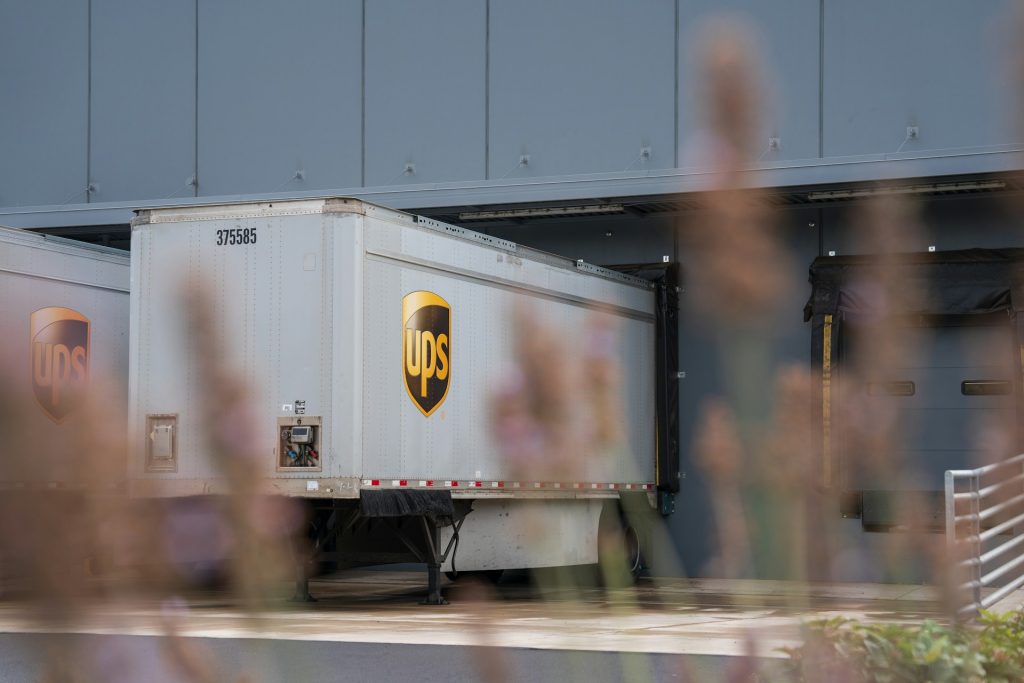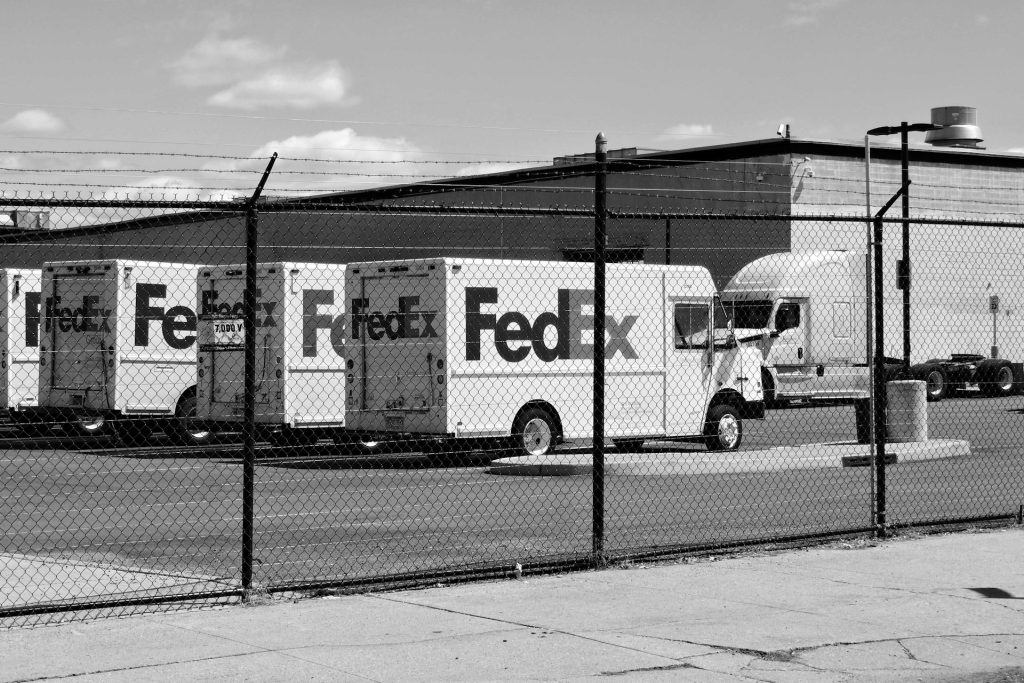Which is Better to Work UPS or FedEx – Choosing where to work can feel like standing at a crossroads with two massive highways in front of you. On one side, there’s UPS, the familiar brown juggernaut that’s been delivering packages since the early 1900s.
On the other side, there’s FedEx, the purple-and-orange innovator that revolutionized overnight shipping in the 1970s. Both companies play huge roles in keeping our world connected, but they each bring unique cultures, benefits, and career paths to the table.
In a market where on‑time delivery and logistics prowess matter more than ever, it pays to know what you’re signing up for. Are you someone who thrives on structure, seniority, and a sense of tradition?
Or do you crave a workplace that embraces innovation, startup energy, and rapid decision‑making? Your answer could point you toward UPS or FedEx.
This article is your insider’s look at both giants. We’ll dive into pay, perks, company culture, job roles, career growth, and real employee feedback. By the end, you’ll have a clearer picture of which company aligns best with your personal goals and work style.
Table of Contents
Company Overviews

UPS History and Mission
UPS started back in 1907 as a humble messenger service in Seattle. Today it handles millions of packages every day across more than 220 countries and territories.
The company’s motto revolves around reliability, efficiency, and a commitment to sustainability—serving customers and communities as a core responsibility.
FedEx History and Mission
FedEx burst onto the scene in 1971 with a groundbreaking promise: guaranteed overnight delivery. Over the past five decades it has grown into a global network serving over 220 countries and territories.
FedEx places heavy emphasis on innovation and speed, underpinned by a vision of connecting people and possibilities.
Global Footprint and Market Position
While both giants boast global operations, their strengths vary by region and service line. UPS leans heavily on ground delivery, becoming synonymous with brown‑uniformed drivers and rolling conveyor belts.
FedEx shines in air freight and time‑sensitive shipments, with its fleet of cargo aircraft crisscrossing the sky. Knowing where each company dominates can help if you care about specific routes, hubs, or international traffic.
Compensation and Benefits
Base Salary Structures
Entry‑level roles at UPS, such as package handlers, typically start around seventeen to nineteen dollars per hour.
FedEx entry‑level pay hovers slightly higher at eighteen to twenty dollars per hour in many markets. These figures can vary by city, cost of living, and union agreements.
Overtime Policies and Pay Rates
Both companies rely on overtime to handle peak seasons, especially around holidays. UPS locks in overtime in advance via seniority lists, so schedules are predictable. FedEx uses a flexible sign‑up system where you grab shifts as they appear. Overtime rates generally kick in at time‑and‑a‑half after forty hours.
Health, Dental, and Retirement Plans
UPS is known for robust benefits packages that rival many white‑collar employers. Coverage often begins on your first day, with options for dental, vision, and prescription drug plans.
Their retirement plan includes a competitive company match. FedEx offers comprehensive coverage as well, though premiums for entry‑level staff can be slightly higher. Their retirement match is solid but may vest over a longer period.
Additional Perks
UPS’s Tuition Assistance Program covers up to five thousand dollars per year for undergraduate courses. FedEx has a similar Tuition Reimbursement program, though the cap can differ by division. Both companies offer employee discounts on shipping, retail partners, and occasionally travel.
Work Environment and Culture
UPS Corporate Culture
- Emphasis on teamwork and loyalty, with many long‑tenured employees who’ve made a career in brown.
- Culture centers on discipline and hierarchy, offering a clear chain of command and well‑defined roles.
FedEx Corporate Culture
- Encourages fresh ideas from all levels and pilots new services and tools regularly.
- Active diversity and inclusion initiatives, with resource groups and programs supporting underrepresented communities.
Work–Life Balance
Neither UPS nor FedEx is known for a leisurely pace—long shifts and weekend work are common during peak season. UPS’s seniority‑based scheduling provides predictable calendars for experienced employees, while FedEx’s flexible system allows you to pick up or scale back shifts as needed.

Job Roles and Responsibilities
Common Entry‑Level Positions
- Package Handler: sorting, lifting, and moving packages in a warehouse setting—physically demanding but straightforward.
- Driver Trainee (FedEx “Delivery Driver Helper”): classroom instruction followed by on‑the‑road training.
Specialized Roles
- Logistics Coordinator: managing shipment schedules and ensuring timely delivery across regions.
- Maintenance Technician: keeping conveyor systems, forklifts, and vehicles in top condition.
Career Ladder and Internal Mobility
Both companies promote from within. UPS’s “feet on the street” path lets package handlers advance to driver, supervisor, and beyond. FedEx offers similar growth, often moving ground employees into corporate logistics or account‑management roles.
Career Growth and Development
Training Programs and Onboarding
UPS University delivers standardized modules covering safety, leadership, and technical skills. FedEx offers “FedEx Ground University” alongside on‑the‑job workshops for specialized divisions.
Mentorship and Leadership Development
UPS pairs high‑potential employees with mentors in leadership programs lasting one to two years. FedEx’s leadership pipeline features cohort‑based courses and cross‑department stretch assignments.
Advancement Opportunities and Timeframes
At UPS, eligibility for a driver position often requires two to three years of tenure, depending on market seniority lists. FedEx timelines can be shorter if you proactively secure openings, though competition remains high.
Pros and Cons of Each Company
UPS
- Strengths: reliable seniority system, strong benefits, clear career ladder
- Potential Drawbacks: more rigid culture, slower tech adoption
FedEx
- Strengths: innovative culture, flexible scheduling, slightly higher starting pay
- Potential Drawbacks: less predictable schedules, benefits vary by division
Employee Feedback and Satisfaction
Review Site Ratings
UPS and FedEx both hover around 3.5–3.7 out of 5 stars on major review sites, with scores reflecting a mix of corporate and ground roles.
Common Praise and Criticisms
- UPS praise: stability, supportive coworkers, robust benefits
- UPS criticism: limited creative problem‑solving, slower promotions
- FedEx praise: fast‑paced environment, opportunities to innovate, higher entry pay
- FedEx criticism: inconsistent schedules, varying premium costs
Testimonials
“I stayed at UPS for seven years because I knew exactly when I’d work each week and what my paycheck would look like.”
“Joining FedEx felt like jumping into a startup with a Fortune 500 budget. I got to pitch new ideas in town hall meetings.”
Which Company Is Best for You?

Factors to Consider
- Location: major FedEx hubs may offer more openings, while UPS is dense in suburban areas.
- Schedule Preferences: choose UPS for a calendar locked in by seniority, or FedEx for pick‑up‑as‑you‑go shifts.
- Career Goals: UPS provides a tested path for steady advancement; FedEx offers rapid change and varied experiences.
Scenario‑Based Recommendations
- If you value stability and predictable schedules, UPS’s seniority system and structured environment will suit you.
- If you crave innovation and flexible hours, FedEx’s open‑shift model and culture of experimentation are a better fit.
Conclusion
Deciding between UPS and FedEx comes down to your personal priorities. UPS offers reliability, a clear roadmap for advancement, and a culture rooted in tradition.
FedEx delivers an entrepreneurial spirit, chances to innovate, and the flexibility to craft your own schedule. Both companies pay competitively and provide solid benefits, but they cater to different working styles.
Before you commit, talk to current or former employees, visit local facilities if possible, and weigh the importance of structure versus flexibility.
Whether you brown or purple, you’ll be joining a logistics powerhouse. The best choice aligns with your career goals and how you like to work every day. Good luck on your journey!


